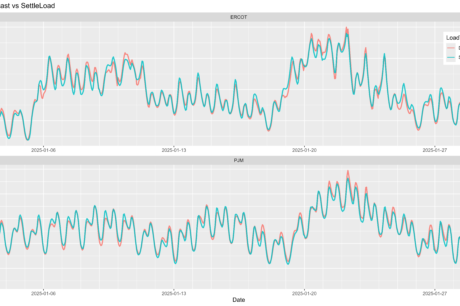Cloud-Native is an approach to software development based on cloud computing to make applications scalable and resilient in the face of rapid change.
Cloud-Native applications are designed for elasticity, supporting a continuous delivery process that puts agility first. A well-designed Cloud Native application will scale up and down automatically, adapt to cloud provider conditions, utilize resources effectively and be resilient in the face of failure or change.
The design life cycle of a Cloud Native application will take into account automation, observability, and the capabilities of the cloud platform on which it runs. Rather than backing away from complexity in software design, Cloud Native embraces it by embracing a microservices architecture. Microservices architecture is employed to build applications using loosely coupled services within a single application or across multiple applications, each designed for a specific purpose.
By achieving high levels of automation, Cloud Native applications also aim to reduce the amount of overhead associated with the infrastructure they run on. It reduces the costs associated with hardware and staffing while also improving efficiency and scalability.
Benefits of a cloud-native application
Cloud-Native applications are characterized by a high level of agility and flexibility, optimizing resources as needed and being able to scale up or down quickly. Cloud-native also provides several other benefits which include:
Independence: Independence is both a benefit and a key attribute for cloud-native applications. Cloud-native applications are designed to run independently from any single cloud provider. They also can be migrated from one cloud provider to another without too much of a hassle. This allows organizations to choose their cloud providers based on their services rather than being tied down to one particular provider.
Resiliency: Cloud-native applications are inherently more resilient than traditional applications. The design life cycle of a cloud-native application considers the availability and scalability of the infrastructure on which it will run. This means that should there be any unexpected hardware issues, hardware failure or other problems with the infrastructure, the application is designed to adapt quickly.
Standards-based: Cloud-native applications are based on standards rather than proprietary technology. Standards-based cloud-native applications can be expected to run on any cloud provider without encountering problems and will work identically in every environment. The standardized technology stack also allows for a more flexible architecture that can flex to changing business needs.
Business agility: Cloud-native applications provide a fluid way to deploy and scale-out applications. The sharing of code, frameworks, and APIs across multiple applications means that software development teams can rapidly bring new features and additional functionality to market while also building off previous versions’ functionality.
Automation: Cloud-native applications are designed to be automated. Cloud-native application components are designed to work with each other through well-defined APIs, removing the need for manual processes and reducing the potential for human error. This automation also allows cloud-native applications to scale up or down as needed without user intervention, meaning that administrators will ensure maximum value is extracted from every resource.
No downtime: Cloud-native applications do not require downtime for maintenance. Any updates to a cloud-native application are made through an automated process, and no changes are required from a human operator, increasing the possibility of continuous availability.
Conclusion
Cloud-Native solutions can help your business get ahead of the competition. By providing your organization with the necessary tools to adapt and respond quickly to changing business conditions, you can harness the power of cloud-native applications to improve operational efficiency and maximize profitability. Leverage the benefits of a cloud-native application today by getting in contact with a service provider for more information.
By: Ruediger Neubauer, Vice President of Sales, Agility CIS, Inc.












